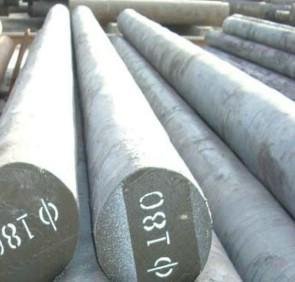
What kind of steel is 40Cr?
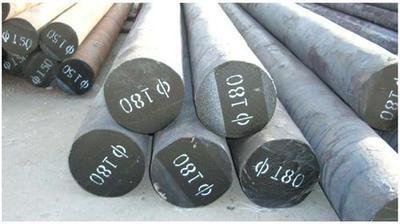
40Cr is an alloy structural steel containing about 0.37-0.44% carbon and 0.50-0.80% chromium. It is usually used to manufacture high-strength bolts, nuts, bearings, gears, crankshafts and other mechanical parts, with high wear resistance, high strength and good machinability.
What is the chemical composition of 40Cr steel?
The chemical composition of 40Cr steel is as follows:
Carbon (C): 0.37-0.44%
Silicon (Si): 0.17-0.37%
Manganese (Mn): 0.50-0.80%
Phosphorus (P): ≤0.035%
Sulfur (S): ≤0.035%
Chromium (Cr): 0.80-1.10%
In addition, it also contains a small amount of elements such as molybdenum (Mo), nickel (Ni), copper (Cu) and aluminum (Al). The content of these elements can be adjusted according to the production process and the needs of specific applications.
What are the mechanical properties of 40Cr steel?
40Cr steel has good mechanical properties, the following are some typical mechanical properties:
Tensile strength: ≥980 MPa
Yield strength: ≥785 MPa
Elongation: ≥9%
Hardness: ≤217HBW (or ≤22HRC)
It should be noted that these values are for reference only, and the specific mechanical properties will be affected by many factors, such as heat treatment process, cooling rate, steel shape and size, etc. Therefore, in practical application, it needs to be tested and evaluated according to the specific situation.
What types of 40Cr steel are there?
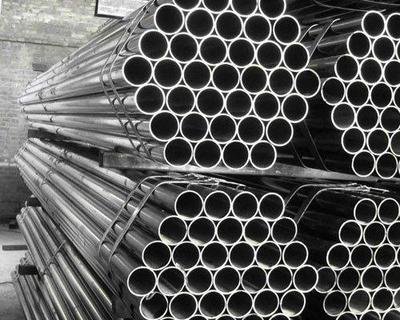
40Cr steel is an alloy structural steel, which can be divided into the following types according to different processing shapes and uses:
Round steel: the diameter is generally between 5-300mm.
Flat steel: The width is generally between 20-200mm, and the thickness is generally between 3-60mm. It is used to manufacture mechanical parts, dies, springs, etc.
Square steel, hexagonal steel: used to manufacture bolts, nuts, bearings, etc.
Steel plate and steel strip: The commonly used specifications are between 4-60mm in thickness and 1500-2500mm in width. It is often used in the manufacture of large mechanical parts, auto parts, etc.
The above are only some common types of 40Cr steel. In fact, according to different manufacturers and fields of use, its types and specifications will also vary.
Is 40Cr steel hard enough?
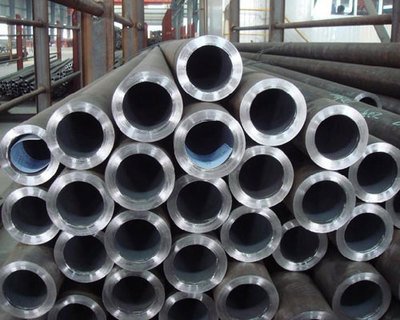
The hardness of 40Cr steel depends on the specific heat treatment process it has undergone. But generally speaking, it has a Rockwell hardness of about 55-60 HRC, and higher hardness levels can be achieved.
Is 40Cr steel hot rolled or cold rolled?
40Cr steel can be produced by hot rolling or cold rolling. Hot rolling is to heat the metal to a high temperature and then form it through a rolling process; while cold rolling is to carry out rolling processing at room temperature. Generally speaking, hot rolling can obtain higher plastic deformation ability while improving production efficiency, while cold rolling can obtain higher surface finish and dimensional accuracy. Therefore, which production method to use mainly depends on the specific application scenarios and needs.
Learn more about heat treatment techniques to improve the properties of 40Cr steel
The heat treatment of 40Cr steel is usually divided into two steps: quenching and tempering.
In the quenching stage, 40Cr steel is heated to an appropriate temperature (generally 800-850°C) and then cooled rapidly to make it harder and tougher. This is because rapid cooling produces a fine grain structure and high hardness, which increases the strength and wear resistance of the steel.
In the tempering stage, the quenched 40Cr steel is reheated to a lower temperature (generally 150-300°C), kept at this temperature for a certain period of time, and then cooled. The purpose of this step is to eliminate the stress generated during the quenching process and improve the toughness and toughness of the steel. The choice of tempering time and temperature will depend on the specific application requirements and desired mechanical properties.
In general, the heat treatment of 40Cr steel can significantly improve its mechanical properties and service life, so as to adapt to various harsh industrial environments.
Is there an alternative to 40Cr steel?
While 40Cr steel has many desirable properties, it may not always be the best choice for some applications. Fortunately, there are a variety of options to consider.
One such substitute is 20CrMnTi steel. This steel has similar properties to 40Cr, including high strength and toughness. However, it also has improved wear resistance and can withstand higher temperatures.
Another option is 42CrMo4 steel. These steels are commonly used in the aerospace industry due to their excellent fatigue resistance and high tensile strength. It also has good corrosion resistance and machinability.
For applications requiring excellent corrosion resistance, stainless steels such as AISI 304 or 316 may be a preferable choice over 40Cr steel. These materials have good solderability and excellent durability in harsh environments.
If weight reduction is a priority, aluminum alloys such as Al7075-T6 can be considered as an alternative to heavy steel such as 40Cr.
Factors such as desired properties (such as strength or corrosion resistance), cost constraints, and manufacturing feasibility must be considered when selecting an alternative material for your specific application needs.
What are the properties of 40Cr steel?
40Cr steel is an alloy commonly used in the manufacture of machined parts for the automotive industry. This steel is known for its excellent tensile strength, toughness and high fatigue limit.
One of the key properties of 40Cr steel is its ability to be heat treated to improve its mechanical properties. This means it can be quenched and tempered to high hardness without compromising ductility or toughness.
Another important property of 40Cr steel is its wear and tear resistance. Due to the nature of automotive components, they are often exposed to harsh environments where friction and wear can occur. However, due to the composition of 40Cr steel, this material is more resilient to these factors.
Additionally, the alloy offers good machinability, making it easy to machine into the complex shapes with tight tolerances required by modern vehicles.
Why is 40Cr steel the first choice for machined parts in the automotive industry?
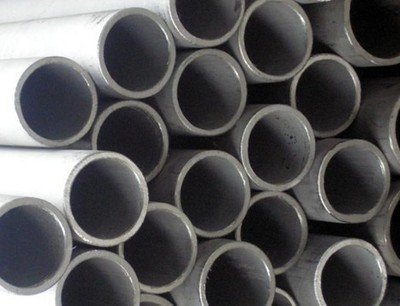
40Cr steel has become the first choice for machined parts in the automotive industry due to its excellent mechanical and physical properties. Its high strength, toughness, wear resistance and hardenability make it ideal for manufacturing automotive components subjected to high stress and fatigue. These components include gears, shafts, bearings, fasteners and other critical components requiring superior performance.
In addition, 40Cr steel has good heat treatability, which makes it easy to harden by quenching and tempering process. This capability enables engineers to design complex shapes with thin walls without compromising their strength or durability.
Another reason why 40Cr steel is widely used in the automotive industry is its ability to withstand harsh environmental conditions such as extreme temperatures and corrosive substances. It also has a low coefficient of thermal expansion, which means it maintains dimensional stability under varying temperature changes.
Apart from its excellent mechanical properties compared to other alloy steels, 40Cr steel is easily available at an affordable cost. This aspect makes it more attractive to manufacturers who need to offer high-quality materials at reasonable prices.
The unique combination of mechanical properties offered by 40Cr steel make it the first choice for machined parts in the automotive industry, where reliability and performance are the most important factors in design and production decisions.
How to Process 40Cr Steel Effectively ?
Machining 40Cr steel can be a challenging process due to its high carbon content. However, with the right technique and tools, this material can be processed efficiently.
First, it's important to choose the right knife for the job. Carbide tools are generally recommended for machining 40Cr steel due to their good wear resistance and hardness.
Second, selecting the correct cutting parameters such as speed and feed rate also affects the efficiency with which this material can be machined. It is best to work at a low speed at first and gradually increase the speed as needed.
Third, it is critical to keep an eye on coolant flow during machining, as heat buildup can cause cracks or deformation in parts made of 40Cr steel.
Last but not least, attention to surface finish using proper finishing techniques after machining helps to achieve the best results while maintaining the integrity of the part.
By following these tips and utilizing the capabilities of modern CNC machines, machinists can produce high-precision parts from 40Cr steel that meet OEM specifications while minimizing scrap rates.
Conclusion
To sum up, 40Cr steel is a versatile material that can be used in various industries with its excellent mechanical properties. Due to its excellent hardness and wear resistance, it is widely used in the manufacture of high-strength bolts, gears and shafts.
However, it is also important to note that using 40Cr steel has some disadvantages such as poor weldability and susceptibility to cracking under high stress conditions. Therefore, the specific requirements of a project must be carefully considered before using this type of steel.
Whether you choose 40Cr or another type of steel will depend on your project specifications and budget. But understand the advantages of 40Cr steel in terms of strength and durability, making it an attractive choice for many industrial applications.
By clicking 'Allow All', you agree to the storage of cookies on your device to enhance site navigation, analyze site usage and assist with our marketing efforts. Coo Cookie Notice




